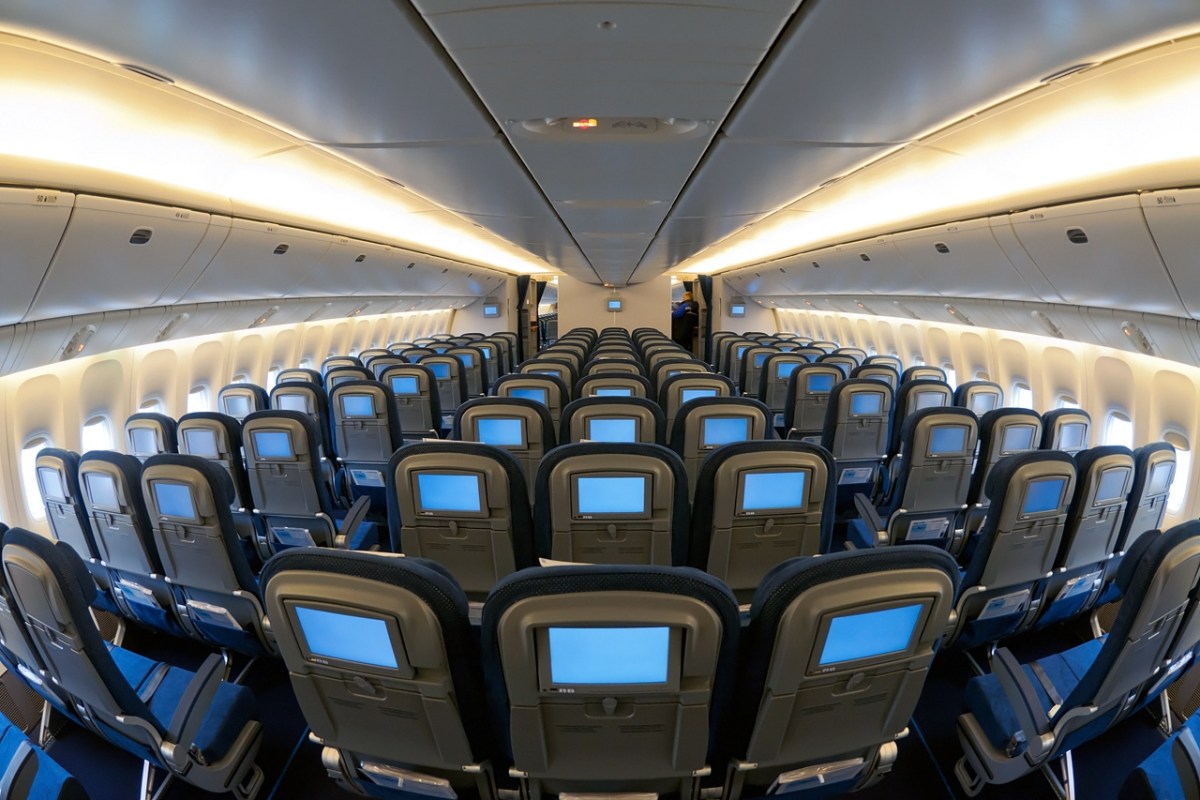One of the few constants with air travel in recent years is news of seating getting smaller. Whether it’s narrower seats or reductions in legroom, the prevailing trends are in favor of fitting more people into a given space. Nominally, it’s preferable for travelers in that it can keep airfares down. But now a new concern has come onto the radar of the FAA that suggests that there may be a downside to increasingly cramped airplane spaces: namely, whether that crowding can adversely affect travelers’ ability to exit a plane in the event of an emergency.
Kelly Yamanouchi at The Atlanta Journal-Constitution has the report. In 2018, Congress passed the Seat Egress in Air Travel (SEAT) Act — which, as Yamanouchi writes, “directs the FAA to issue regulations to establish minimum seat size and distance between rows for safety.”
The standard time for passenger evacuation is currently 90 seconds. The FAA has announced that they will spend 12 days testing whether this is feasible — a study that will involve 720 people, and will be conducted at Oklahoma’s Civil Aerospace Medical Institute.
According to Yamanouchi, the evacuation time of passengers on a flight at O’Hare International Airport in 2016 raised concerns among many flying professionals about whether the guidelines for exiting a plane remained feasible.
“We’re seeing that passengers are older, larger, and in many cases have less mobility,” said Lori Bassani of the Association of Professional Flight Attendants. Bassani’s phrasing may be blunt, bit it’s not inaccurate — and if the FAA’s guidelines represent an ideal that the reality of air travel can’t measure up to, it may be time to rethink airplane seating yet again.
Subscribe here for our free daily newsletter.
Thanks for reading InsideHook. Sign up for our daily newsletter and be in the know.


















